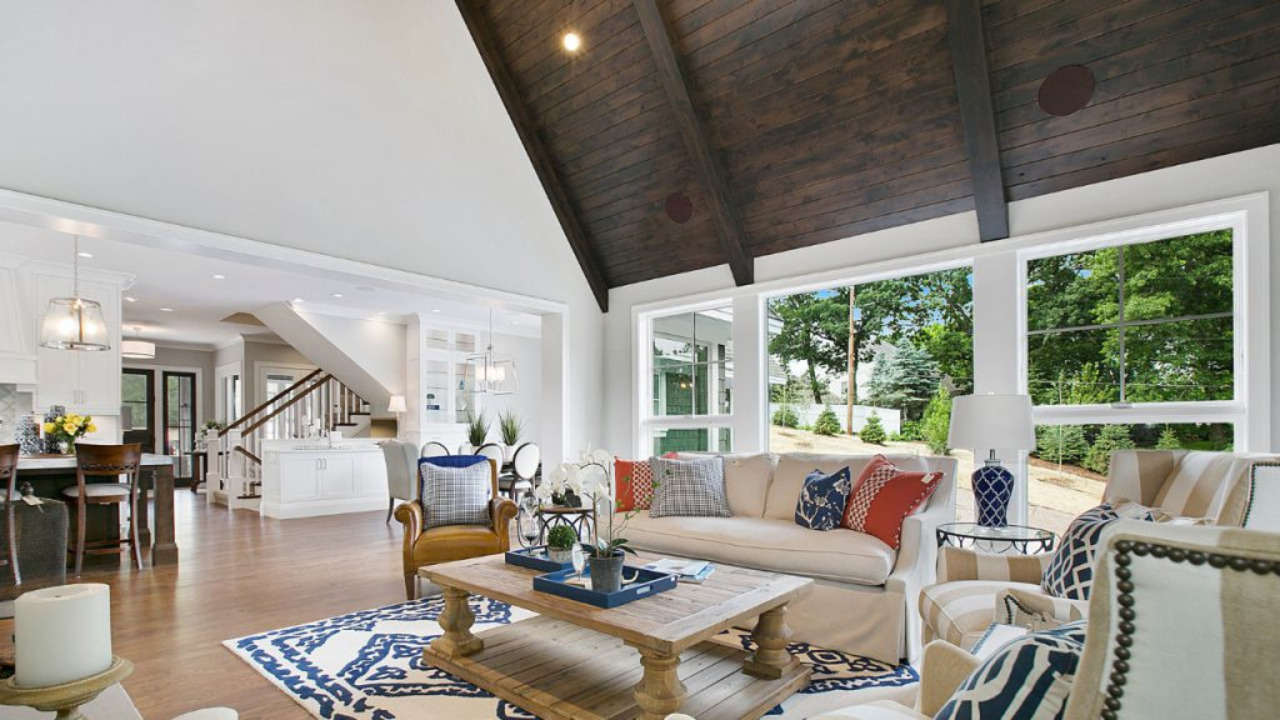Houses are made up of a variety of building components. Rafters and ceiling joists are two of the many components that are parallel to each other. They connect outer support walls and keep the walls from expanding. They cover the entire distance but may be supported by inner walls or beams. They also have a decorative aspect because they form the ceiling. That’s what gives them all the support they need.
If you are new to the construction, it can be difficult to discern how the floor and ceiling joists run. Typically, floors will run across the room’s narrower width. They usually run parallel to the rafters in rafter ceilings. However, you may need to access the attic, remove insulation, or enter the basement to inspect the joists.
We’ll examine whether ceiling joists run parallel to floor joists, whether a stud finder can be used to locate joists, whether joists are load-bearing, or the difference between joists and rafters.
Table of Contents
What is a Ceiling Joist
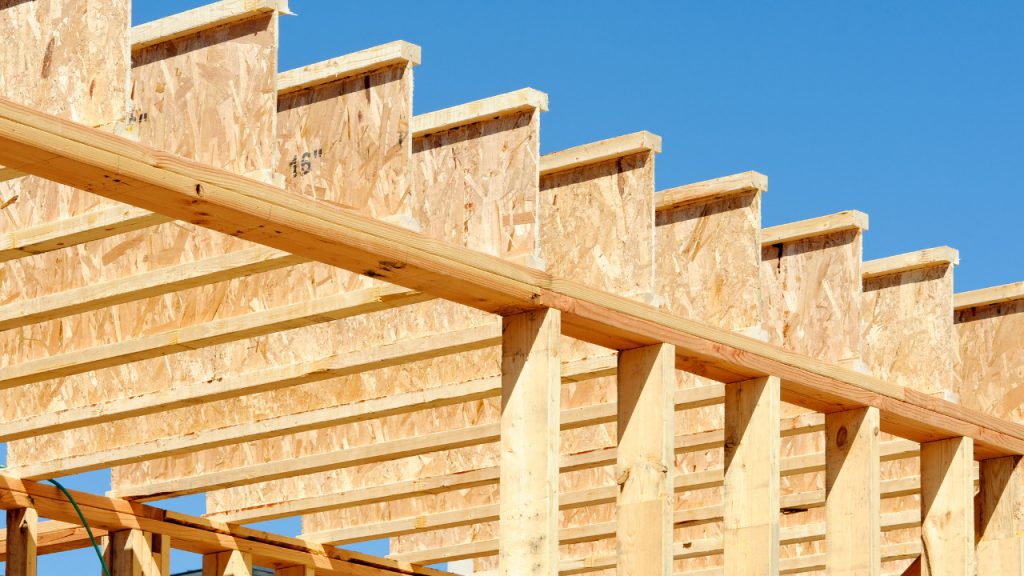
Ceiling joists are horizontal wooden structural elements that extend from one outside support wall to another. They run parallel to the main rafters, transferring roof loads to supporting walls and preventing them from expanding outward or inward at the top.
They form the framework to which the ceiling is fastened and are usually supported by inner walls or a central support beam. Building codes usually need them before construction may be considered habitable.
A ceiling joist is frequently used as a rafter tie in home construction. A rafter tie is tied to opposing slanting rafters and spans no more than a third of the horizontal distance from where the rafters rest against the walls.
The ties prevent normal roof loads from splaying and flattening the rafters. The ceiling joists are connected to the top plates and the rafters to prevent them from spreading or being driven inward.
Primary Purposes of Ceiling Joists
Ceiling joists are needed to move loads from the roof to vertical parts like wall framing. Walls in your house could collapse without ceiling joists due to roof pressure. They perform a few more duties in addition to this crucial one.
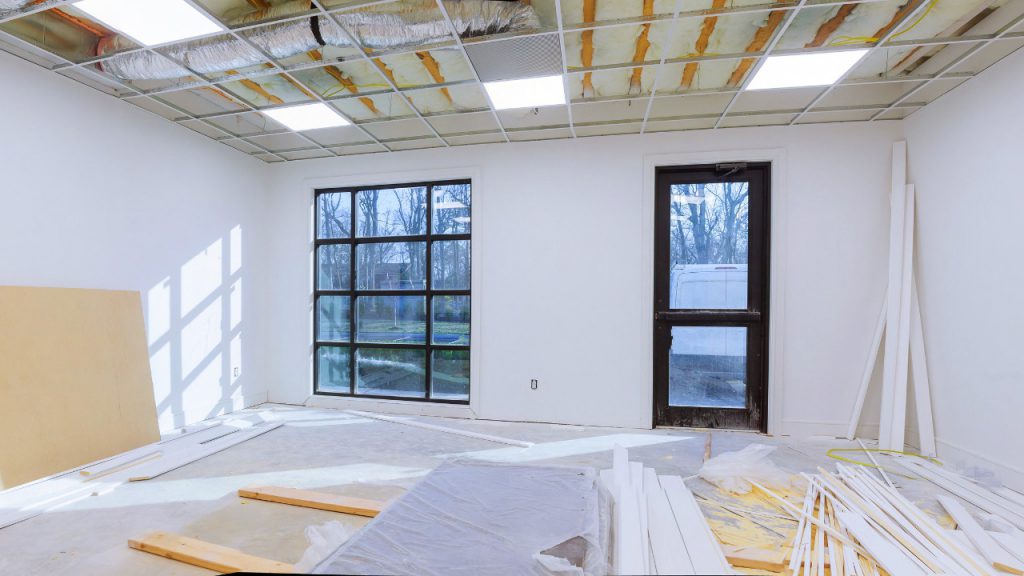
A room’s walls are kept together by ceiling joists. Essentially, they prevent roof load pressure from causing the room’s walls to bow outward. Ceiling joists offer a framework for attaching a ceiling. There must be a support structure if you want a ceiling.
The loads that a ceiling will exert on ceiling joists are intended to be supported by them. Do not forget to inform your structural engineer if your attic will be used as a dwelling or storage area. The joists must be strengthened to support the increased live and dead loads.
What is the Running Pattern for the Ceiling Joist
If you have rafters and roof truss, joists are most likely parallel to the rafters. This assists in preventing the spread of your home’s walls. However, some homes have intricate types of roofing systems with joists running in multiple directions.
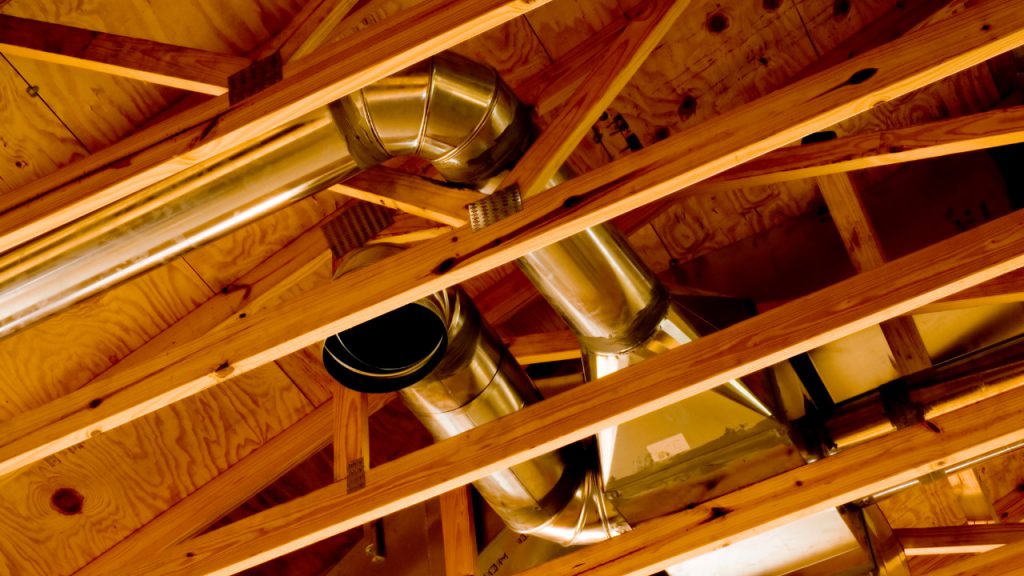
Sadly, the only way to determine this is to remove some ceiling material in some homes. If you have an attic, you may be able to remove the insulation and inspect the joists.
Engineered trusses are prefabricated triangles that serve as the roof deck and ceiling. They are more precisely built, faster to erect, and often cost less because they are prefabricated and engineered.
Ceiling joists can be constructed to support the ceiling, lightweight attic storage, or even a living space in the attic. Different building code standards must be followed depending on what the ceiling joists will support.
While the bottom of floor joists also serves as the structure to which a ceiling is attached, they serve a different purpose and are subject to various code standards.
How to Run Joist Against Floor
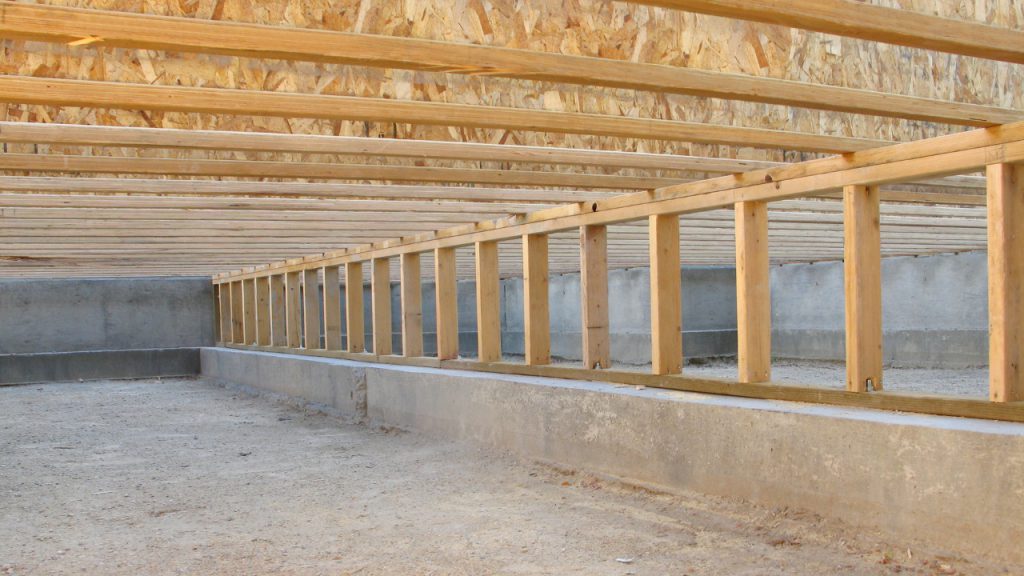
The boards extending from one sill to the next are floor joists. They’re frequently spliced over parallel beams and other supports. Floor joists provide a structure for joining the subfloor and flooring to the home’s living space while also providing stability.
Apart from removing the flooring, look for squeaks on the floor. A floor joist is most likely the source of the squeak. You can go beneath, identify the joist direction, and even drill a small hole from the bottom if you have a basement or crawl space.
If you’re redoing flooring, the house will be small enough, but you’ll know where your joist is without tearing up the subfloor.
Are Ceiling Joist Running patterns the Same as Floor Joist Running
The joists usually run parallel to the rafters’ direction. Look at the edge of the floor to see if this is true. To support these joists, a second bearing wall will be built perpendicular to the other bearing walls.
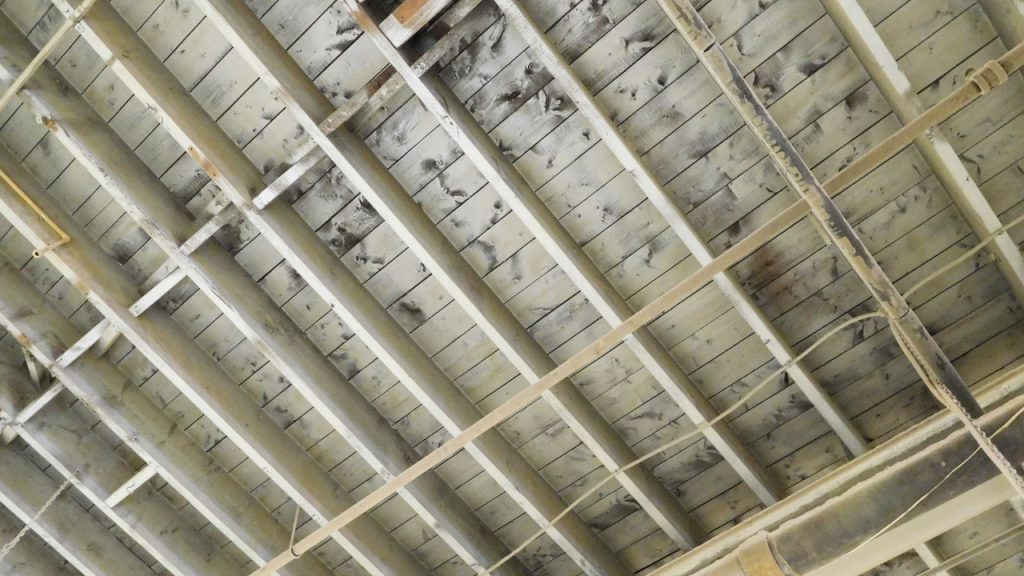
The room’s load is usually unsupported when the joists are parallel to the wall. However, they are usually load-bearing when they meet the top of a wall. Load-bearing walls are those where the joists connect at the top.
Before conducting any demolition work for remodeling, consult a structural engineer if you have doubts about whether something is load-bearing. Getting professional assistance will be significantly less expensive than fixing faulty construction.
What’s the difference between joists and rafters, both sections of your home’s upper structure? It’s quite simple. Joists link the headers at the top of your walls and travel from one side of your house to the other.
They don’t even come close to touching the roof. You may not have ceiling joists if you have an open-concept home with a vaulted ceiling.
Can You Use Ceiling Joists with Trusses and Rafters
Yes! They have slightly different purposes, though. There isn’t much room left in an attic with trusses for sufficient storage space, let alone for habitable space. However, compared to certain lofts with rafters, the weight on the ceiling joists will be less.
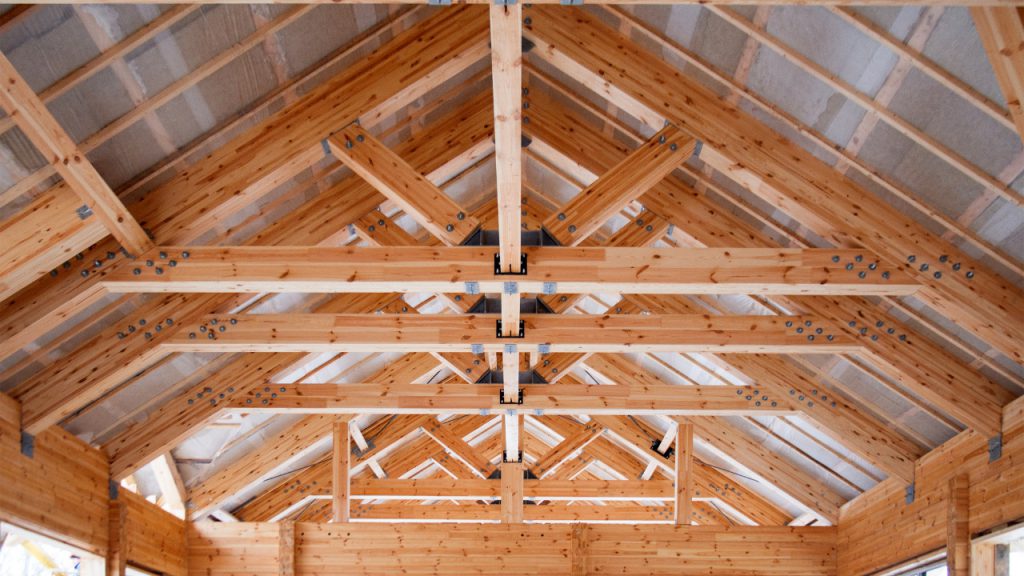
If it has trusses, you probably won’t open up your attic soon. Usually, rafters are used in older homes. Trusses are used in most modern homes because they are less expensive, more effective, and simpler to install. Rafts do, however, occasionally need to be employed. Truss transportation may be difficult in mountainous places.
Final Thoughts
Joists in the ceiling serve both practical and attractive purposes. They are typically horizontal structural components used to maintain walls’ verticality and prevent rafters from spreading and collapsing. Looking up is the simplest approach to locating the ceiling joists.
They’re easy to find if they’re exposed. If they’re hidden, there are a few alternatives for finding them. Climbing into the attic with a flashlight and a tape measure could help you locate them and determine their spacing. However, it should be observed that overlapping ceiling joists do not always align.
Before tearing down walls or ripping up floors, figure out what your joists do. Taking away joists may jeopardize your home’s structural integrity. Always contact an expert to determine everything you need to know about your floor and ceiling joists if you’re unsure.





